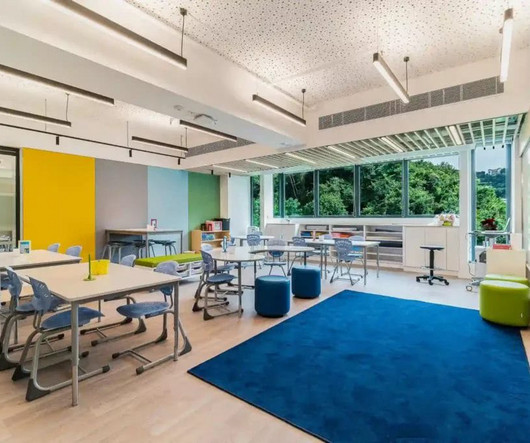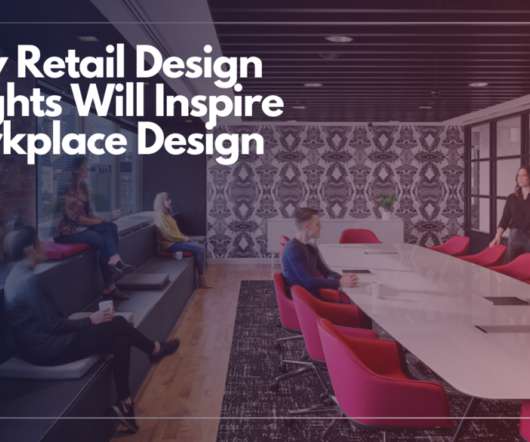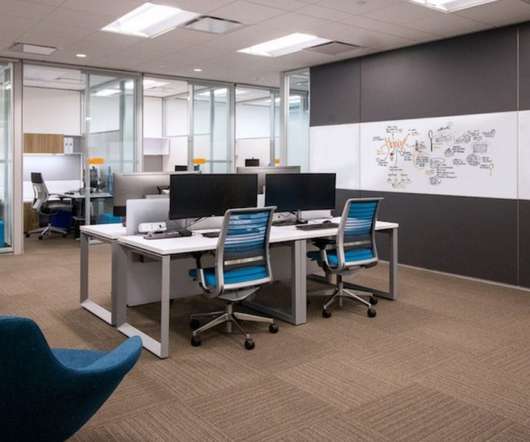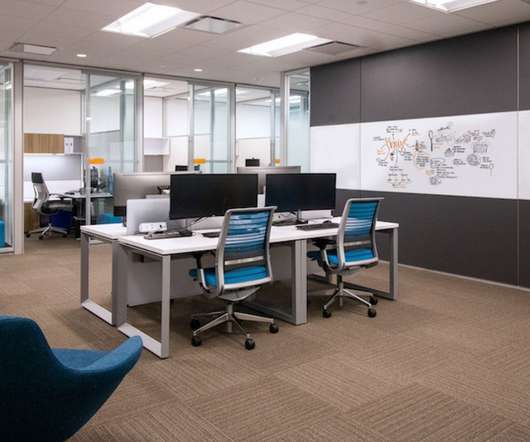7 Office Design Strategies To Support Neurodiversity In A Post-Pandemic World
All Work
FEBRUARY 7, 2024
Office environments can be tailored to better support neurodiverse individuals by incorporating thoughtful design strategies that cater to sensory, visual, auditory, and spatial preferences, thus creating inclusive workspaces that enhance productivity and comfort for all employees. Example of a game room.












Let's personalize your content